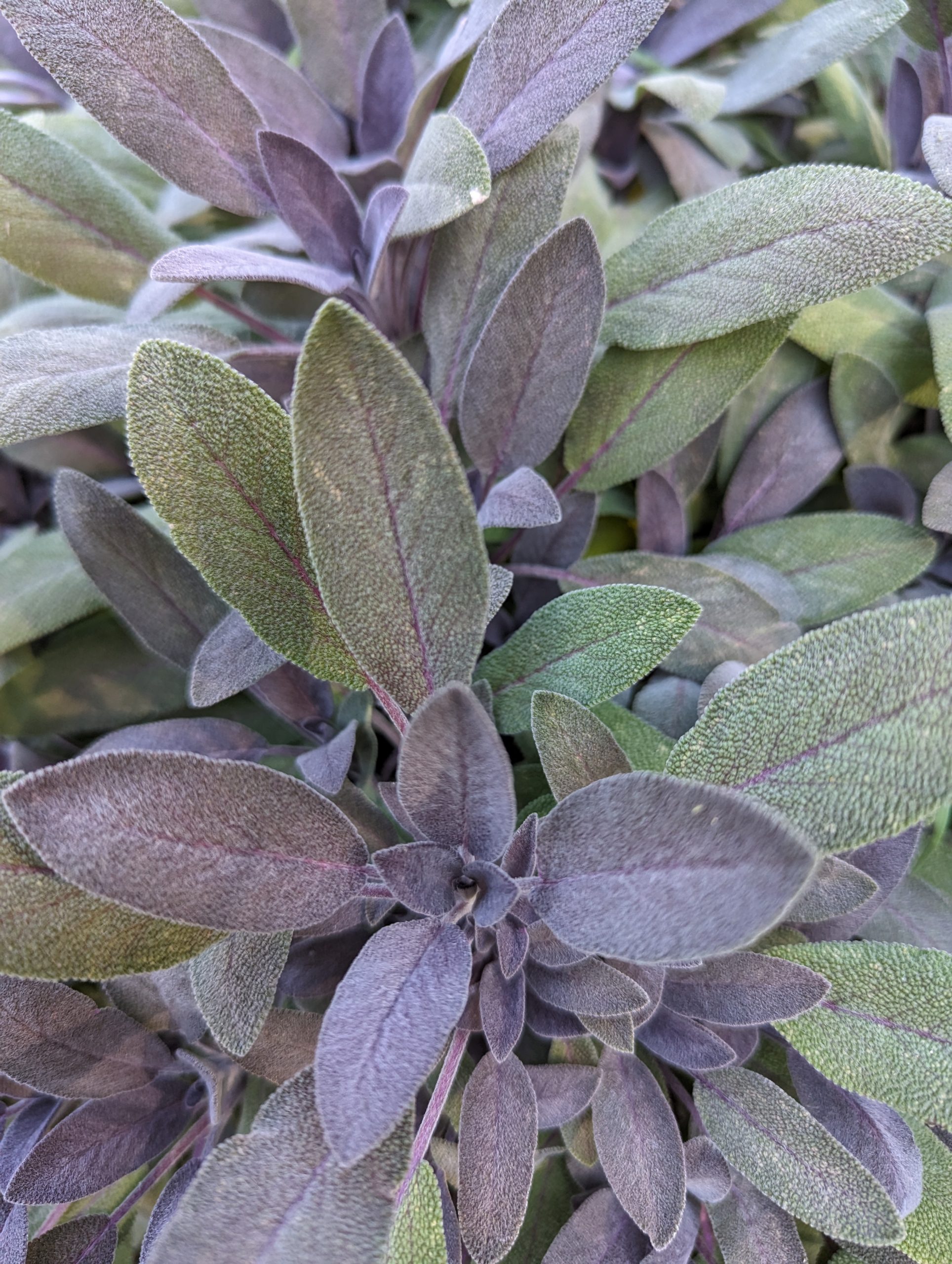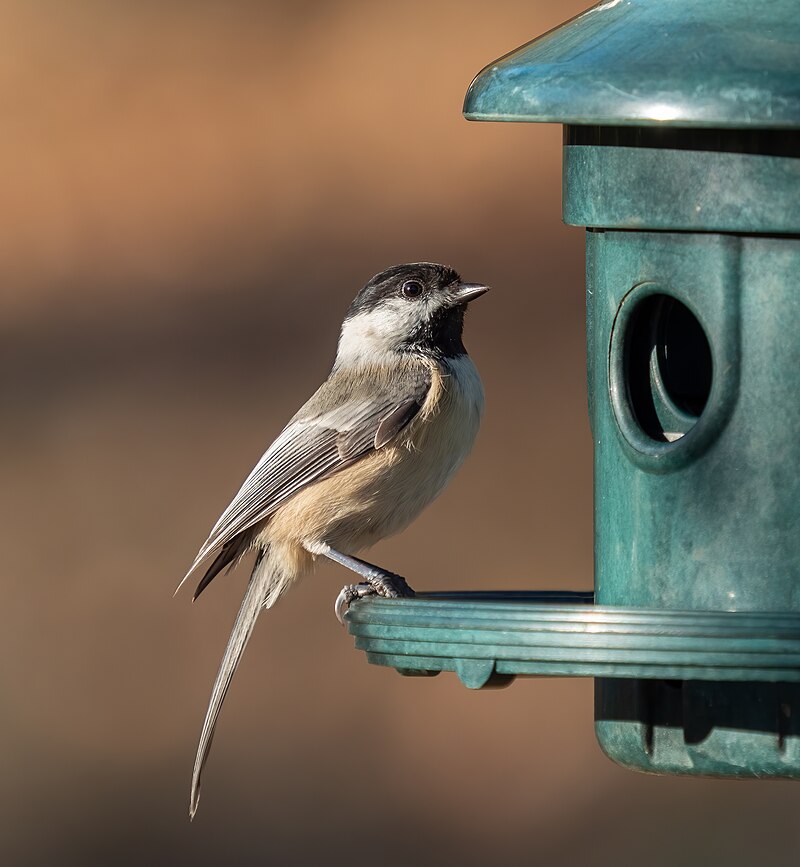
Gardening enthusiasts and culinary aficionados alike should consider making sage a staple in their gardens. This versatile herb, with its aromatic leaves and robust flavor, not only enhances your dishes but also offers a plethora of health benefits. Let’s delve into why planting sage can be a game-changer for both your garden and kitchen.
A Burst of Flavor in Your Kitchen
Sage is a culinary powerhouse, known for its earthy, slightly peppery flavor that can transform ordinary dishes into gourmet delights. Whether you’re roasting meats, adding depth to soups and stews, or crafting a savory stuffing, sage brings a unique and delightful taste to your meals. Its versatility makes it a favorite in various cuisines, from traditional American Thanksgiving dishes to Mediterranean and Italian fare.
Health Benefits Galore
Beyond its culinary appeal, sage is a nutritional treasure trove. Here are some of the key health benefits it offers:
- Rich in Antioxidants: Sage is packed with antioxidants, compounds that help fight free radicals in the body. These antioxidants, including rosmarinic acid and carnosic acid, are known for their anti-inflammatory properties, which can reduce the risk of chronic diseases.
- Boosts Cognitive Health: Studies suggest that sage may enhance memory and cognitive function. It’s no wonder that this herb has been traditionally used to improve brain health and treat conditions like Alzheimer’s disease.
- Supports Oral Health: Sage’s antimicrobial properties make it effective in maintaining oral health. It has been used in mouthwashes and gargles to treat mouth ulcers, sore throats, and gum diseases.
- Aids Digestion: Sage can aid in digestion by reducing bloating and other digestive discomforts. Its anti-inflammatory properties also help soothe the digestive tract.
- Regulates Blood Sugar: Some research indicates that sage may help regulate blood sugar levels, making it beneficial for individuals with diabetes or those looking to manage their blood sugar.
Easy to Grow and Maintain
Sage is a hardy, perennial herb that thrives in various climates and soil types, making it an excellent choice for gardeners of all levels. Here are some tips for growing sage:
- Sunlight: Sage loves sunlight, so plant it in a spot that receives at least 6-8 hours of direct sunlight daily.
- Soil: Well-drained soil is crucial for sage. It prefers slightly sandy or loamy soil with a neutral pH.
- Watering: Sage is drought-tolerant and doesn’t require frequent watering. Water the plant when the soil is dry to the touch, avoiding overwatering which can lead to root rot.
- Pruning: Regular pruning encourages bushy growth and prevents the plant from becoming woody. Trim back the stems after flowering to promote new growth.
Creative Culinary Uses
Sage isn’t just for the Thanksgiving turkey. Here are some creative ways to incorporate sage into your everyday cooking:
- Infused Oils and Butters: Create sage-infused olive oil or butter to add a burst of flavor to your dishes.
- Herbal Teas: Brew fresh or dried sage leaves for a soothing herbal tea that can aid digestion and provide relaxation.
- Seasoning for Vegetables: Toss roasted vegetables like carrots, potatoes, and squash with fresh sage leaves for an aromatic twist.
- Savory Baked Goods: Add chopped sage to bread dough or savory scones for a delightful, herby flavor.
Planting sage in your garden is a decision you won’t regret. Its culinary versatility, combined with significant health benefits and ease of growth, makes it a valuable addition to any home garden. So why wait? Start your sage garden today and elevate your cooking to new, flavorful heights while reaping the health rewards of this remarkable herb. Happy gardening and bon appétit!







